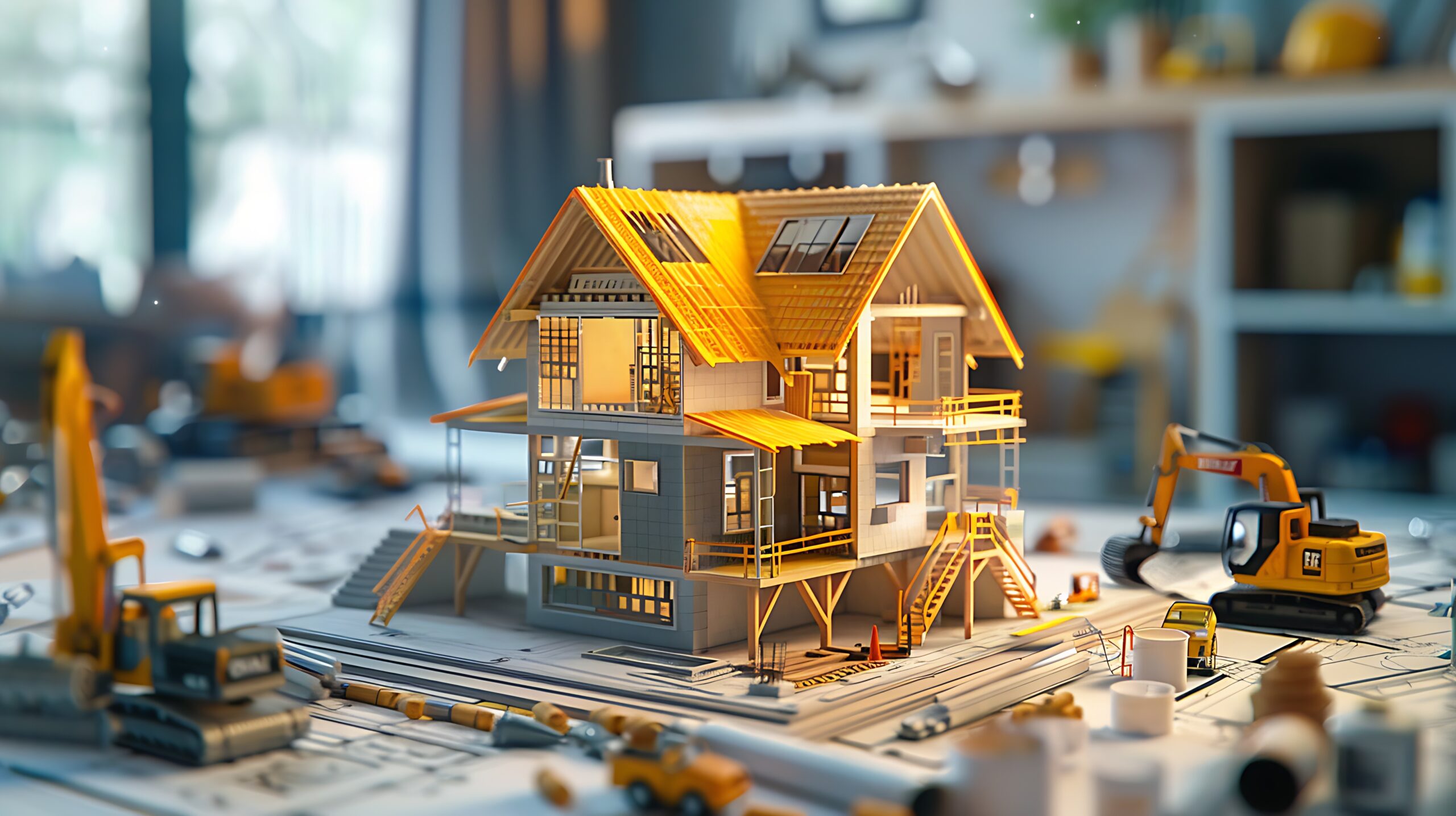In today’s fast-paced world of real estate, the pressure to generate profit can be immense. However, as developers, we must also consider the long-term impact of our projects on the environment, communities, and future generations. Balancing profit with sustainability is not just an ethical choice—it’s an essential part of the future of real estate development. For me, the challenge has always been about finding ways to merge both worlds: creating developments that are financially rewarding while also being environmentally responsible and community-oriented.
The Importance of Sustainability in Real Estate Development
Sustainability is no longer a buzzword; it’s a critical component of any long-term real estate strategy. The environmental toll of traditional development practices—deforestation, water wastage, energy inefficiency—cannot be ignored. Consumers and investors alike are increasingly drawn to projects that prioritize sustainability, not only for ethical reasons but because they often lead to more durable, resilient, and cost-effective developments over time.
Sustainable development means creating buildings and communities that minimize environmental impact, reduce energy consumption, and support local ecosystems. It also involves considering how developments will stand the test of time, adapt to changing environmental conditions, and support the well-being of those who live or work there. In my experience, sustainable practices don’t just preserve resources; they also create long-term value.
Profit and Sustainability Aren’t Mutually Exclusive
One of the biggest misconceptions in real estate is that sustainability comes at the expense of profitability. That’s simply not true. When you design and build with sustainability in mind, you create projects that are more energy-efficient, reduce waste, and offer long-term cost savings. This translates into reduced operational costs, higher property values, and increased demand from buyers and investors who are seeking environmentally responsible options.
For instance, when developing a subdivision like the “Christmas Tree Farm” project off Highway 83, I incorporated sustainable features that added value to both the land and the future homeowners. By carefully designing a layout that preserved natural landscapes, including the trees and views of Pikes Peak, I ensured the lots retained their natural beauty while minimizing disruption to the environment. Additionally, the inclusion of energy-efficient utilities like MountainView Electric power increased the property’s appeal while also ensuring future homeowners would save on energy costs.
Integrating Green Technology into Development
One of the most effective ways to balance sustainability and profit is by integrating green technologies into development projects. Today, solar panels, energy-efficient HVAC systems, and sustainable building materials are more accessible and affordable than ever. These technologies not only reduce the environmental footprint of a development but also increase the value of the property.
In one of my recent projects, I focused on incorporating energy-efficient infrastructure to add long-term value. This wasn’t just about adding solar panels but also about designing the subdivision in a way that maximized natural light, reduced the need for heating and cooling, and preserved existing trees for shade. Green technology, when implemented thoughtfully, can save buyers money over time, making the property more desirable while also increasing its overall market value.
Responsible Land Use and Conservation
As developers, we have a responsibility to make smart decisions about land use. Often, traditional development practices involve clearing large swathes of land, flattening natural terrain, and disrupting ecosystems. While this may be the quickest way to prepare a property for development, it’s far from the most responsible or sustainable.
In my work, I aim to integrate conservation practices wherever possible. This often means designing developments that work with the land, rather than against it. For example, when I subdivided the 7,810-acre ranch outside of Elizabeth, I was mindful of preserving the most beautiful and ecologically valuable portions of the property. I retained 1,500 acres of the ranch, which included historic, untouched landscapes, to ensure that the land would continue to support local wildlife and maintain its natural beauty for generations to come.
Conservation isn’t just good for the environment; it’s also a selling point. Buyers and investors are increasingly drawn to properties that prioritize natural beauty, responsible land use, and long-term sustainability. By preserving these qualities, developers can create unique, desirable projects that stand out in the market.
Building Communities, Not Just Properties
Sustainability isn’t just about environmental conservation; it’s also about building communities that support the well-being of their residents. Real estate development has the power to shape neighborhoods, towns, and cities. As developers, we should aim to create spaces that foster a sense of belonging, encourage healthy living, and support local economies.
This means considering not only the design of the buildings themselves but also the infrastructure that supports them. Walkability, access to public transportation, green spaces, and energy-efficient utilities are all essential components of sustainable community development. By focusing on the broader impact of our projects, we can create developments that improve the quality of life for residents while still delivering a strong return on investment.
The Future of Real Estate Development
The future of real estate development lies at the intersection of profitability and sustainability. As the market continues to shift toward greener, more sustainable options, developers who embrace these practices will be well-positioned to thrive. Whether it’s integrating green technologies, preserving natural landscapes, or designing communities that prioritize well-being, the opportunities for profit are vast when sustainability is at the core.
In my experience, the most successful developments are those that balance short-term profitability with long-term sustainability. This approach not only ensures a better future for the environment and the communities we serve but also creates lasting value for investors. As we look toward the future of real estate development, it’s clear that sustainability and profit can, and must, go hand in hand.
Conclusion
Balancing profit and sustainability is not only achievable, but it’s also the future of responsible real estate development. By integrating green technologies, conserving natural landscapes, and building communities that prioritize well-being, developers can create projects that benefit everyone involved—financially and environmentally. In the evolving world of real estate, those who embrace sustainability will find themselves leading the way to a more prosperous and sustainable future.
